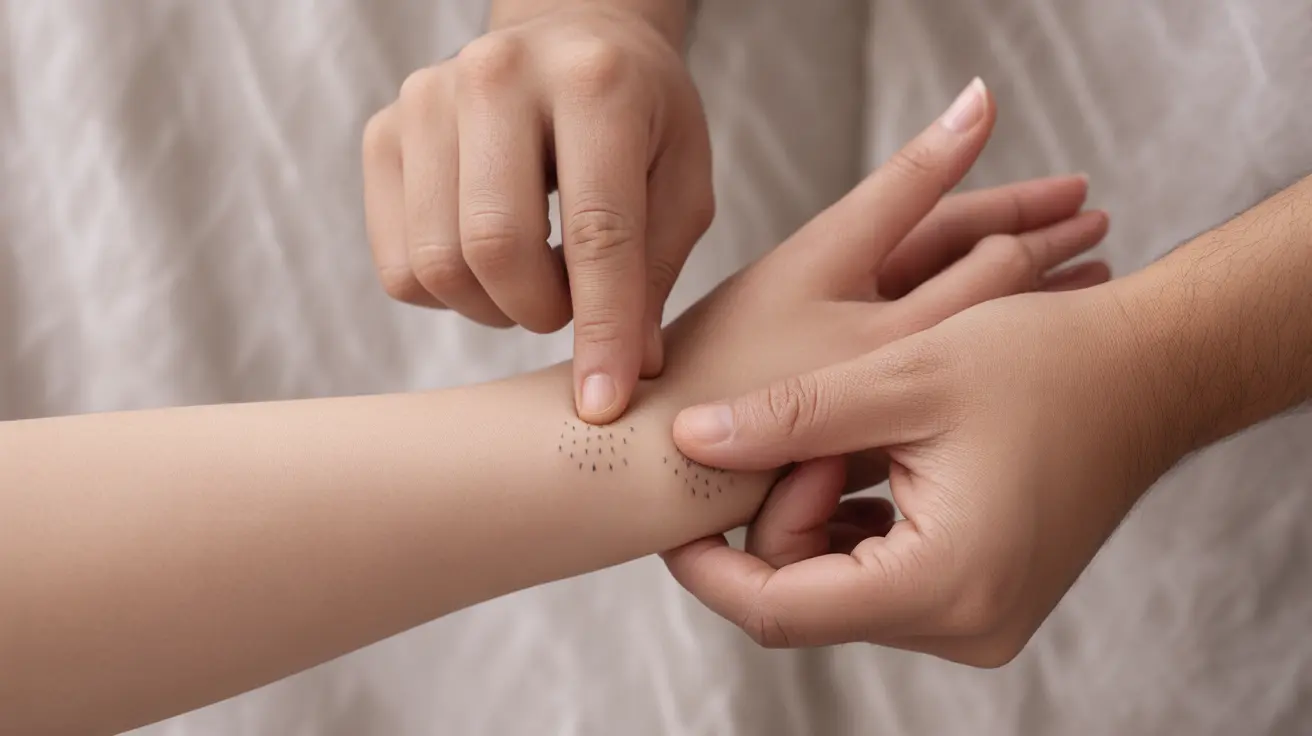When headaches strike, finding quick and effective relief becomes a top priority. While many turn to medication, understanding and utilizing specific pressure points can offer natural relief for various types of headaches. This comprehensive guide explores the most effective pressure points and proper techniques for headache management.
Traditional Chinese Medicine has long recognized the power of acupressure in alleviating headache pain. By applying precise pressure to specific points on your body, you can potentially reduce headache intensity and duration while promoting overall wellness.
Key Pressure Points for Different Types of Headaches
Different headache types respond to specific pressure points. Understanding which points to target can make your relief efforts more effective.
The Third Eye Point (Yin Tang)
Located between your eyebrows, the third eye point is particularly effective for frontal headaches and sinus pressure. Apply gentle, circular pressure with your index finger for 1-2 minutes while taking slow, deep breaths.
Union Valley Points (LI4)
Found in the webbing between your thumb and index finger on both hands, these points can help with various headache types. Use your opposite thumb and index finger to apply firm but comfortable pressure for 30 seconds to 1 minute on each hand.
Gates of Consciousness (GB20)
These points are situated at the base of your skull, in the hollow areas on both sides of your neck. They're especially helpful for tension headaches and neck-related pain.
Proper Techniques for Pressure Point Massage
Effective pressure point therapy requires proper technique to achieve optimal results:
- Use firm but gentle pressure
- Maintain consistent pressure for 30 seconds to 2 minutes
- Practice circular motions when appropriate
- Breathe deeply during the process
- Release pressure gradually
Special Considerations for Different Headache Types
Different headache patterns may require varying approaches:
- Tension headaches: Focus on GB20 and neck points
- Sinus headaches: Emphasize facial and third eye points
- Migraine: Combine multiple points, starting with LI4
- Eye strain: Target drilling bamboo points near the bridge of the nose
Safety and Best Practices
While pressure point therapy is generally safe, keep these guidelines in mind:
- Never apply excessive pressure
- Stop if you experience increased pain
- Consult a healthcare provider before starting regular practice
- Avoid certain points during pregnancy
- Combine with other healthy habits for best results
Frequently Asked Questions
What are the most effective pressure points for relieving different types of headaches? The most effective points include the third eye point (Yin Tang) for frontal headaches, union valley points (LI4) for general pain relief, and the gates of consciousness (GB20) for tension headaches.
How do I correctly apply pressure to the union valley point to reduce headache pain? Locate the fleshy area between your thumb and index finger. Using your opposite thumb and index finger, apply firm but comfortable pressure for 30-60 seconds while breathing deeply. Repeat on both hands.
Can pressing the third eye and drilling bamboo pressure points help with sinus and eyestrain headaches? Yes, these points are particularly effective for sinus and eyestrain-related discomfort. Apply gentle, circular pressure to the third eye point and the drilling bamboo points (located on either side of the bridge of your nose) for 1-2 minutes.
What is the proper technique for using the gates of consciousness pressure points to ease neck tension headaches? Locate the hollow areas at the base of your skull, on either side of your neck. Use your thumbs to apply steady, moderate pressure while tilting your head slightly forward. Hold for 1-2 minutes while maintaining deep, regular breathing.
Are pressure point massages a safe and natural way to relieve headaches at home? Yes, pressure point massage is generally safe when performed correctly. However, use gentle pressure, stop if you experience increased pain, and consult a healthcare provider before making it a regular practice, especially if you have underlying health conditions.




